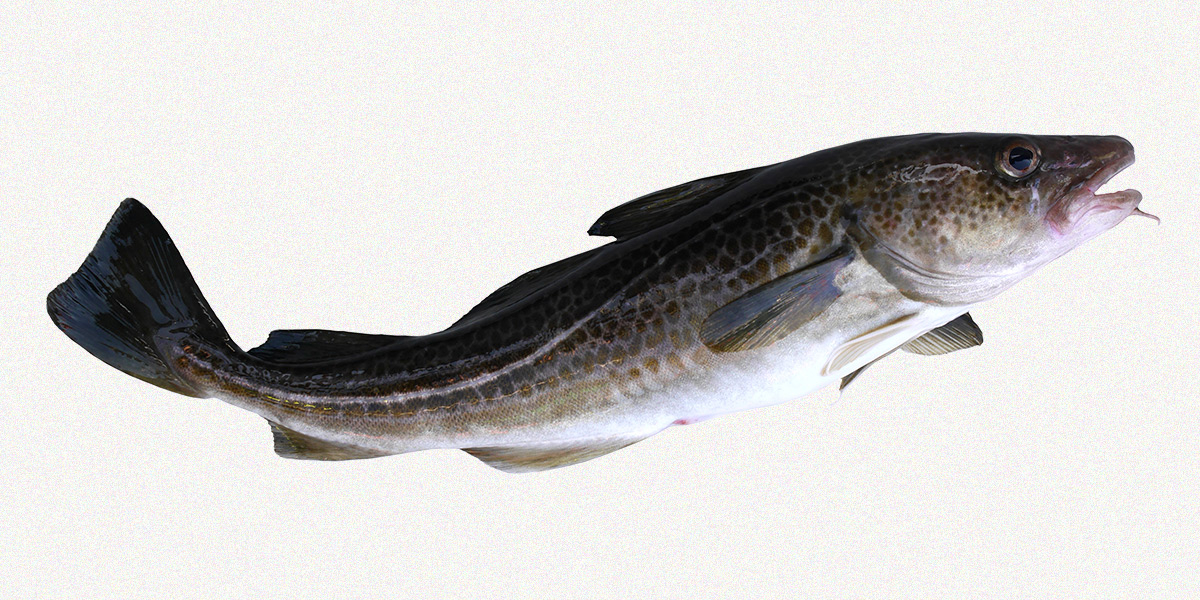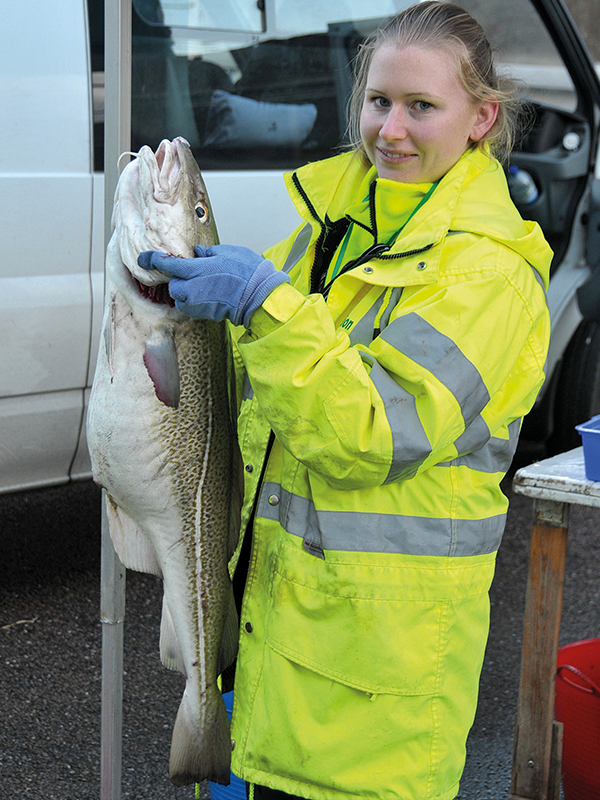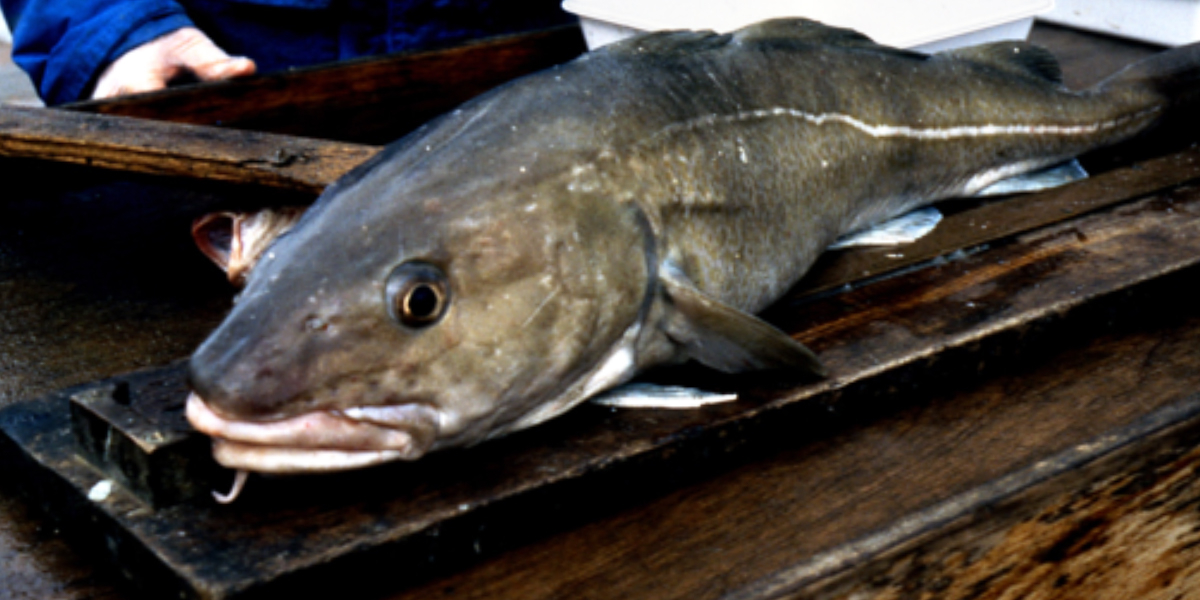Cod

Important culinary fish
For northwest Europe the cod has always been the most important culinary fish. In the whole Atlantic north of the southern coast of the UK, the different cod varieties were fished in huge numbers and sold fresh, frozen or dried all over the world. In Portugal the bacalhau is still a favourite on the dinner table. It is fished near the Lofoten Islands and dried on stakes outdoors. The strains from the Great Banks and Iceland were very well-known; wars were even fought over them. In the northeast of the United States the renowned Cape Cod is named after the locally abundant cod stocks.
Different names
Such an abundant fish earns different names according to its life stage. In Dutch, for example, a young cod between 25 and 60 cm in length is called a ‘gul’, while a cod near the Lofoten Archipelago in winter is called a ‘skrei’, which in the old Viking language means ‘traveling’ (on their spawning journey from the Barents Sea to the Lofoten Islands). A cod bigger than 1.5 metres was called an ‘uitlegger’ (outlier) because it did not fit in the fish box and had to be laid out on a board on deck, which was always an impressive view when the fishing vessels entered the harbour.
Fishing restrictons
The stock living in the North Sea is a relatively small one, both in terms of individual length and total numbers, making it sensitive to overfishing. In such cases, fishing restrictions are important. Here the catch of large cod is limited and most of them caught in the North Sea are ‘gul’, i.e. smaller than 60 cm. The ones over a metre in length live in the deeper areas, mainly in the northern North Sea. In winter the small fish mainly aggregate near the eastern border between the Netherlands and the coast of Denmark in order to escape cannibalism by larger members of their own species and to be in the vicinity of their own food source. This is mostly herring and other small fish overwintering near the coast. We therefore see these young cod appear in our waters in November.
November
Wrecks are an ideal shelter for juvenile cod (gul)

In the North Sea the catch of large cod is limited
